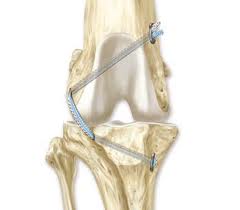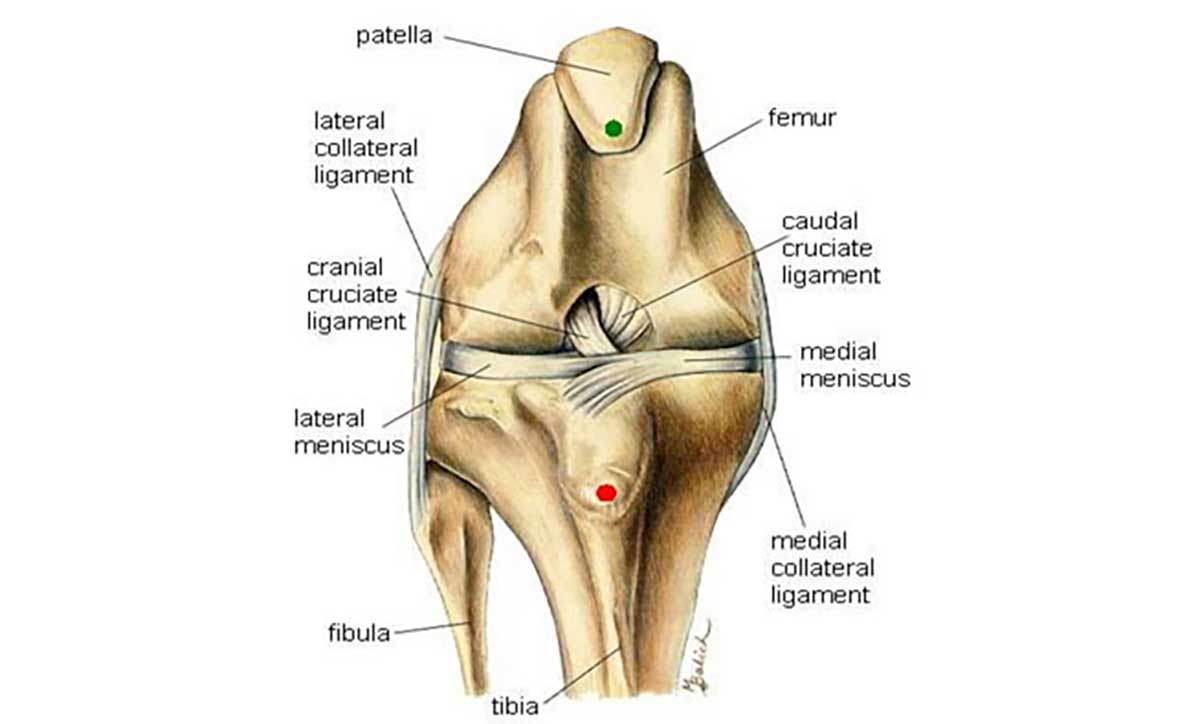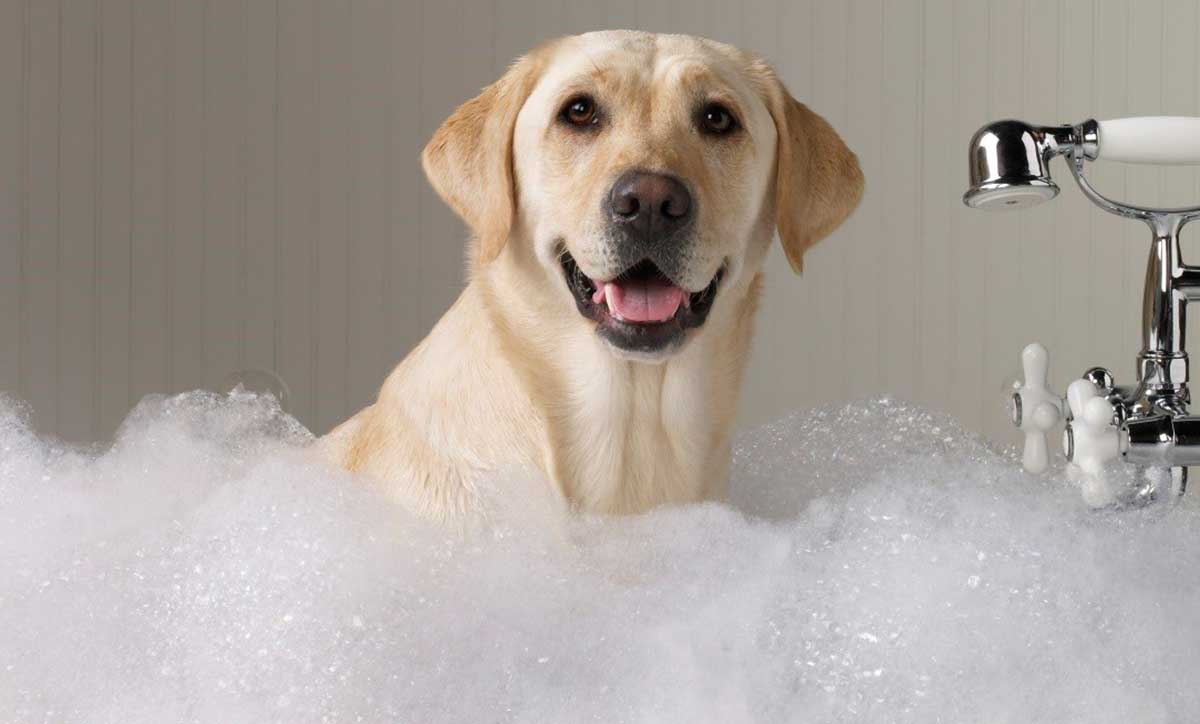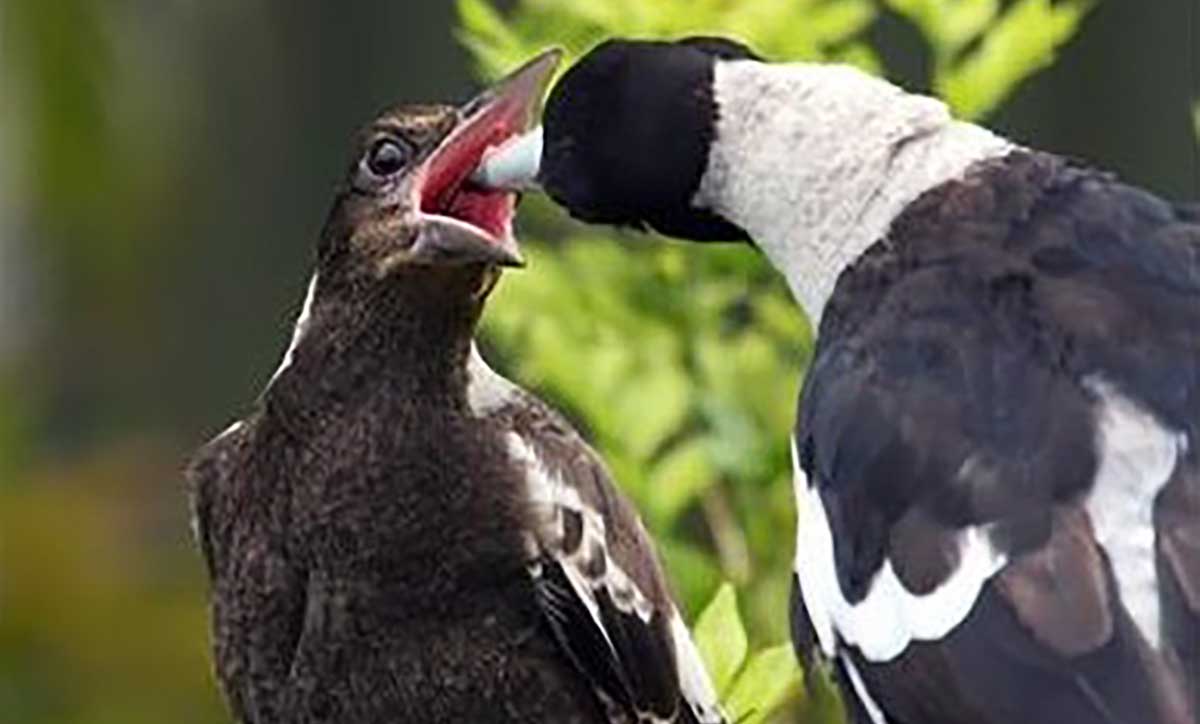What are Cruciate Ligaments?
The cruciate ligaments are a pair of ligaments that run through each stifle (knee) joint forming an “X” when the stifle is viewed from the side. The most commonly injured ligament is called the cranial cruciate ligament (anterior cruciate ligament in humans) which runs from the back of the femur (thigh bone) to the front of the tibia (shin bone). The role of the cranial cruciate ligament is to prevent the tibia from moving forward during weight-bearing and it also provides some rotational stability.
Cruciate Ligament Disease
Cruciate ligament disease is one of the most common causes of lameness in dogs and also occurs occasionally in cats. It is a degenerative condition that results in the rupture of the cranial cruciate ligament due to wear and tear. This causes instability and pain in the stifle joint so that most pets become very lame or stop using the leg altogether. It is important to note that because this is a degenerative disease in dogs, the other leg is also at risk. Around a third of dogs who rupture a cranial cruciate ligament also develop a similar problem in the other leg, typically within the next couple of years
In some dogs, the problem develops more slowly and they experience a series of partial tears of the ligament before a complete rupture occurs. These partial tears also cause pain and lameness, however with partial tears the lameness often settles down with time … at least until the next tear occurs.
Over time, cruciate ligament disease leads to osteoarthritis which can be crippling unless it is treated well. In some patients, the instability also causes damage to the menisci (cartilages) within the joint. Meniscal injuries fail to heal on their own and cause ongoing pain unless they are cleaned up surgically.
How is Cruciate Ligament Disease Diagnosed?
Diagnosis is often possible at the initial consultation by detecting pain, swelling and instability in the affected stifle. However, some patients tense the muscles of the leg, making it impossible to feel the instability in the joint whilst they are conscious. This is particularly true for large dogs and dogs with partial cranial cruciate ligament tears. Sedation or a general anaesthetic may be required to allow the veterinarian to make the diagnosis. Radiographs are also taken to confirm the diagnosis and ensure that there are no additional problems such as fractures (broken bones) or bone tumours present. These radiographs are also essential in determining the most appropriate treatment option for each individual pet. With early partial ligament tears, an arthroscopy or exploratory surgery may be required to confirm the diagnosis.
Treatment
Without surgical repair, most dogs with a cranial cruciate ligament rupture experience ongoing pain and lameness. Additionally, the longer surgery is delayed the more likely a meniscal injury becomes making matters even worse. Early surgical treatment offers the best likelihood or your dog returning to normal function and comfort.
Achieving a successful surgical outcome relies on selecting the most appropriate surgical technique for each individual patient. It also relies heavily on the surgeon’s experience. Both of our vets at Berwick Springs Veterinary Hospital have undertaken advanced training in orthopaedic surgery and have exceptionally high levels of expertise in cruciate ligament surgery.
Surgery is performed under a general anaesthetic and involves opening and examining the stifle joint to evaluate the menisci and remove the torn remnants of the cruciate ligament. If the menisci have been damaged then the torn section of the meniscus are removed at this stage to prevent ongoing pain. A knee reconstruction is then performed to re-establish joint stability.
Our surgeons perform two types of knee reconstruction to treat cranial cruciate ligament rupture. These are the Ligafiba tight rope procedure and the De Angelis technique.
Ligafiba Tight Rope
The Ligafiba tight rope technique involves anchoring an ultra-high strength prosthetic ligament (Ligafiba) through bone tunnels drilled above and below the stifle joint. This technique has proven far superior to the traditional De Angelis technique in larger dogs and has a higher safety to efficacy ratio than any of the alternative techniques including TPLO and TTA. Return to function is generally faster than alternative techniques and over 95% of dogs return to normal or near-normal limb usage.
The Ligafiba tight rope is the technique of choice for dogs weighing over 20kg, provided that they do not have an excessive slope to the top of the tibia.

De Angelis Technique
The De Angelis technique involves anchoring a strong nylon prosthetic ligament between a bone tunnel drilled in the front of the tibia (shin bone) and a ligament at the back of the femur (thigh bone). This technique has proven very reliable in small to medium-sized dogs and many large dogs also do well with this technique, however, the results in dogs over 20kg are not as favourable as with the Ligafiba tight rope procedure. This traditional technique is technically easier and utilizes a more economical implant and can, therefore, be performed at a lower cost than the Ligafiba tight rope procedure.
The De Angelis technique is an excellent choice for dogs weighing less than 20kg and provides an economical alternative for larger dogs.
TPLO Technique
Some dogs with an extremely steep tibial plateau angle (slope to the top of the tibia) require corrective surgery to reduce this slope to normal. This procedure is called a tibial plateau leveling osteotomy (TPLO) and if your pet requires this we will refer you to a specialist orthopaedic surgeon. The TPLO procedure involves cutting the bone along an arc using a bone saw, rotating the cut section of bone to reduce the tibial plateau slope and then repairing the bone using a plate and screws.
Prognosis
The long term outcome for most patients is very good to excellent. The vast majority of patients we perform surgery on for cruciate ligament disease return to normal function on their leg once healing is complete. However, if meniscal damage has occurred prior to surgery or if your pet is overweight then the likelihood of a complete recovery is a little lower.
Even with surgery, most dogs with a cruciate ligament rupture will go on to develop arthritis in the affected stifle later in life. For this reason, we recommend starting an arthritis prevention program at the times of surgery and continuing this for life.




